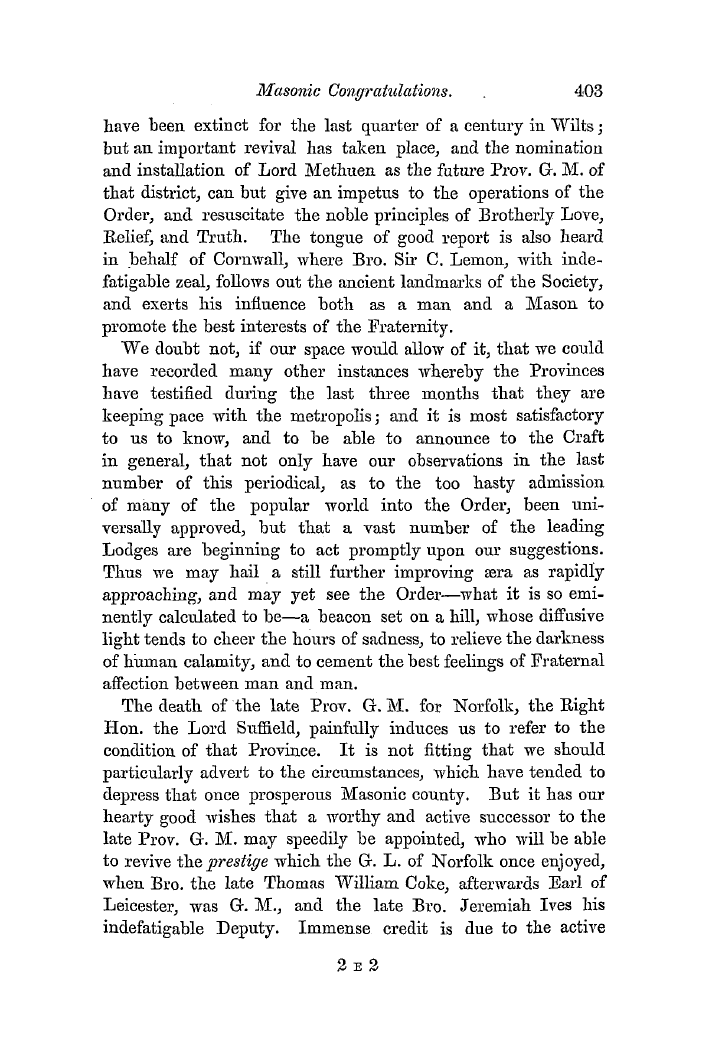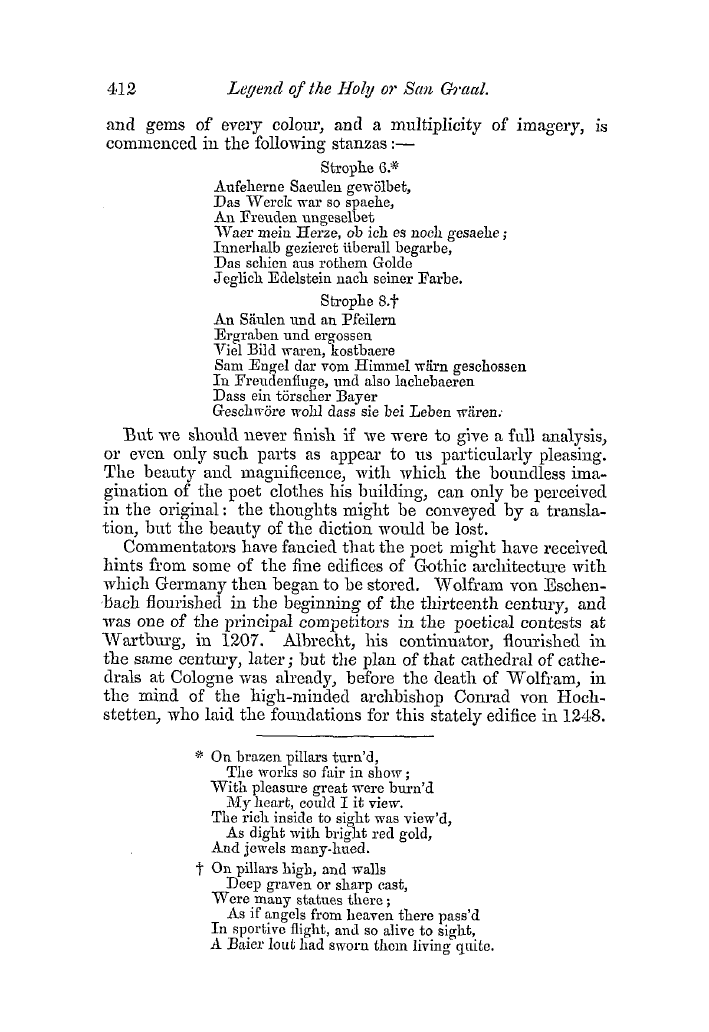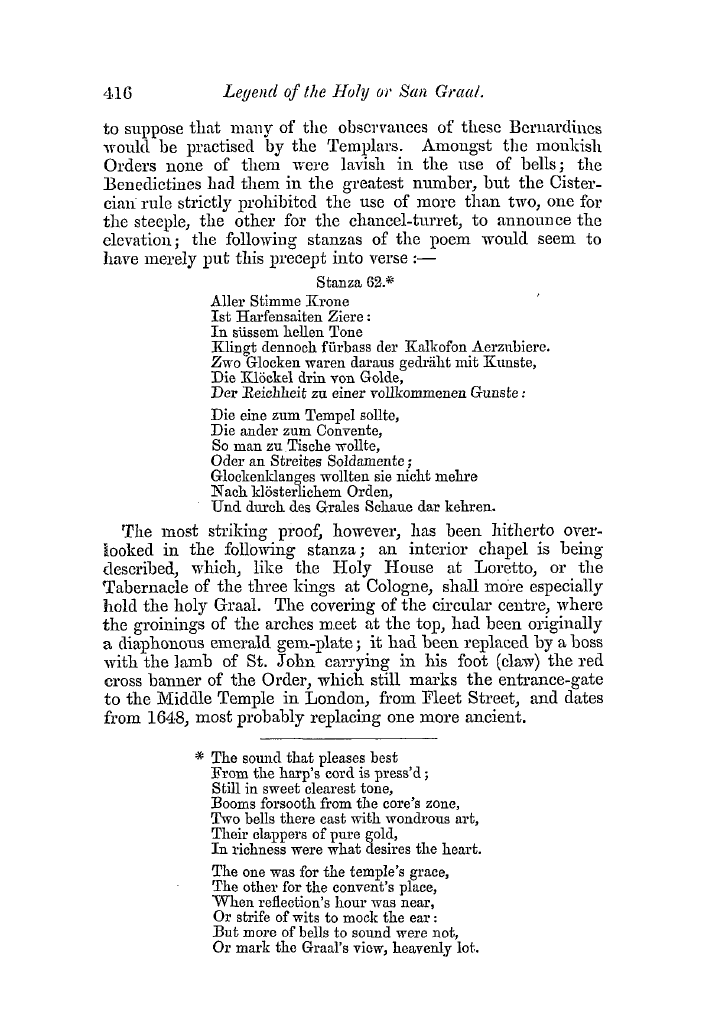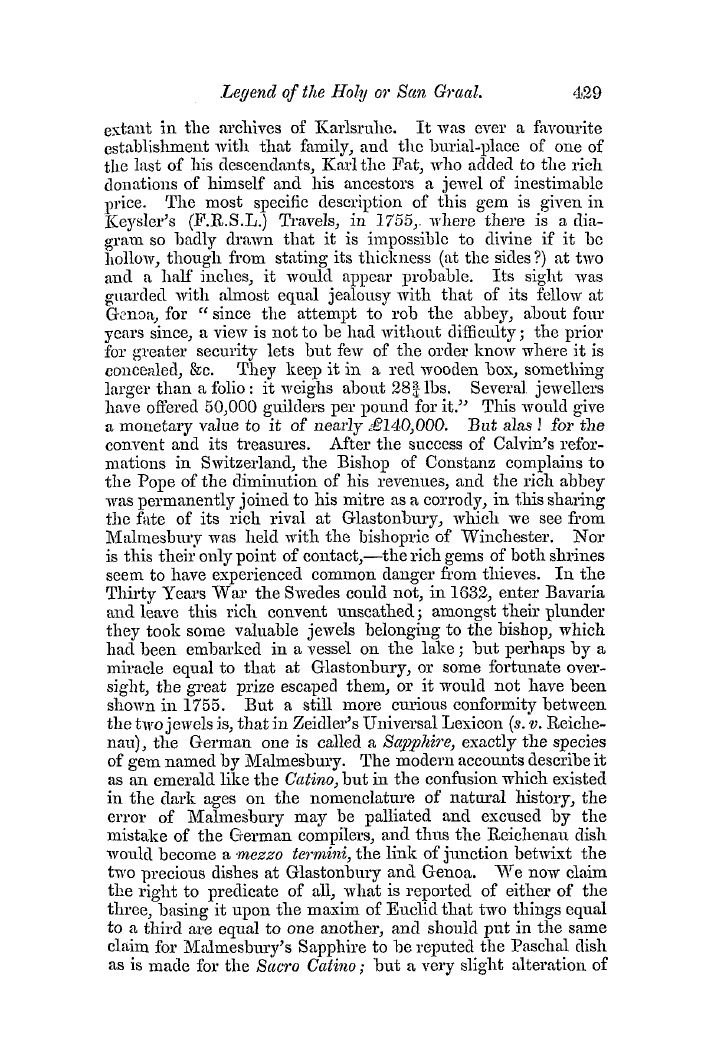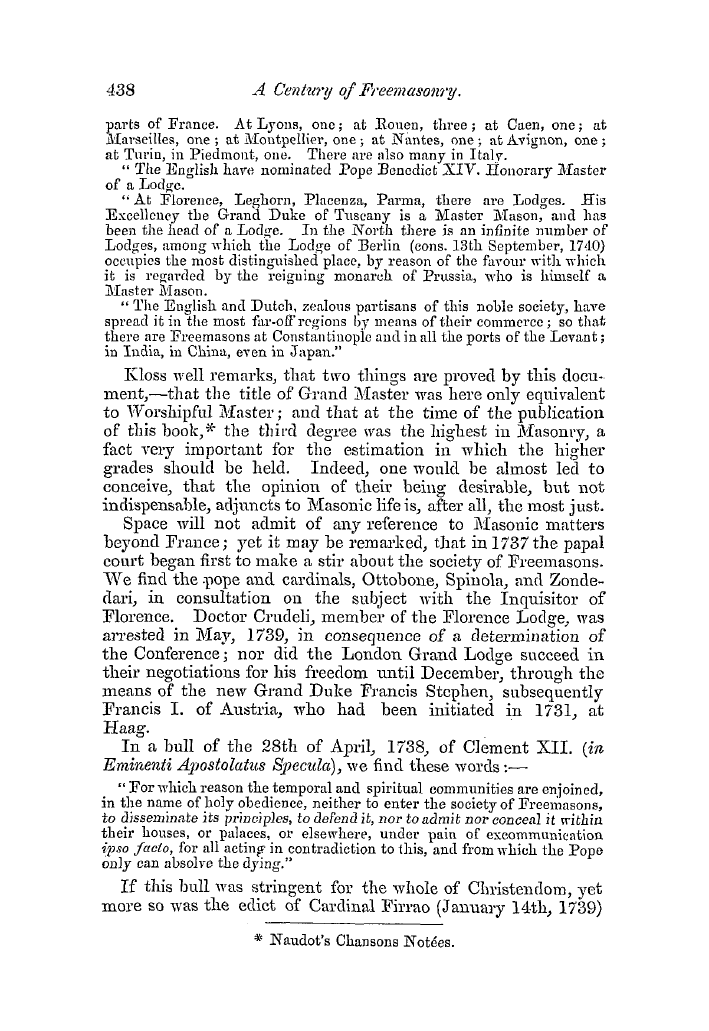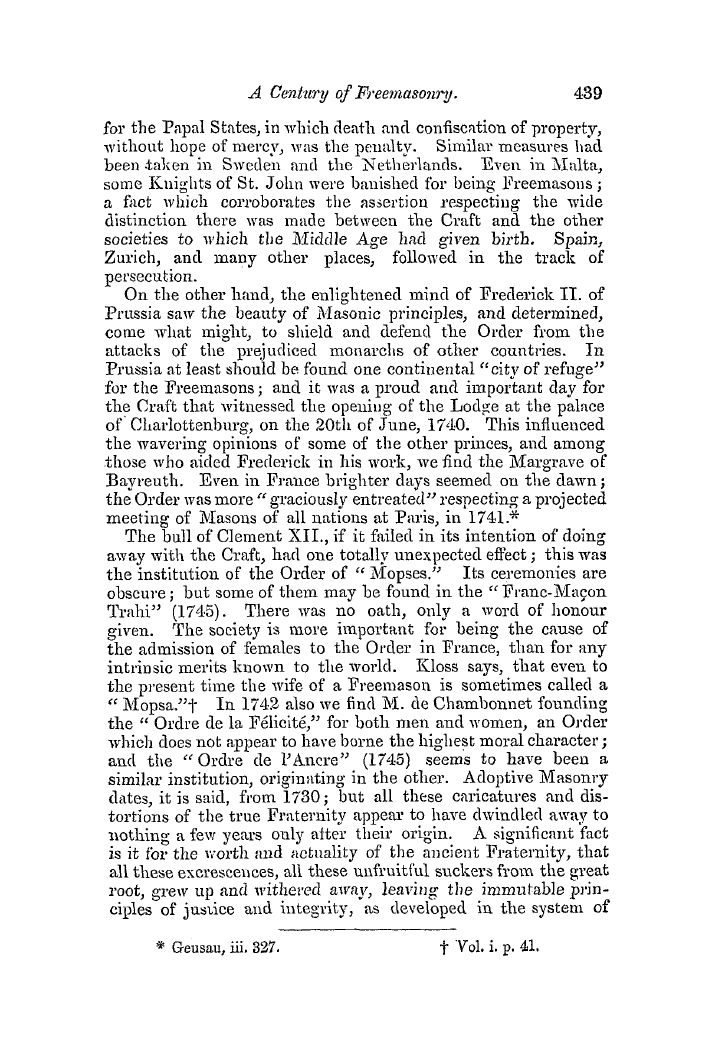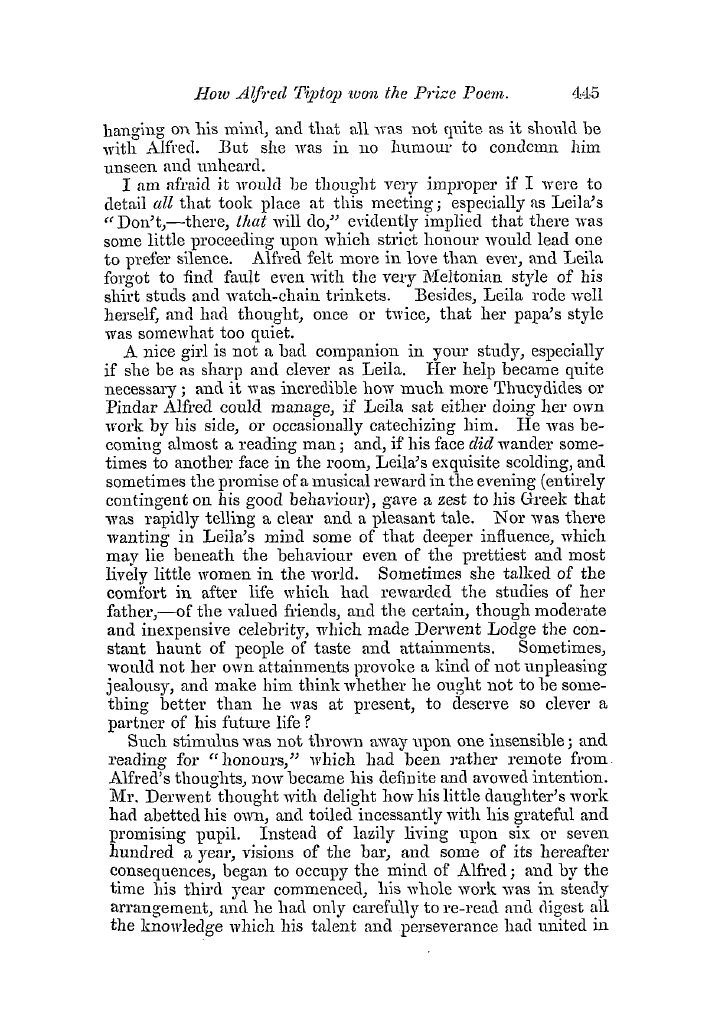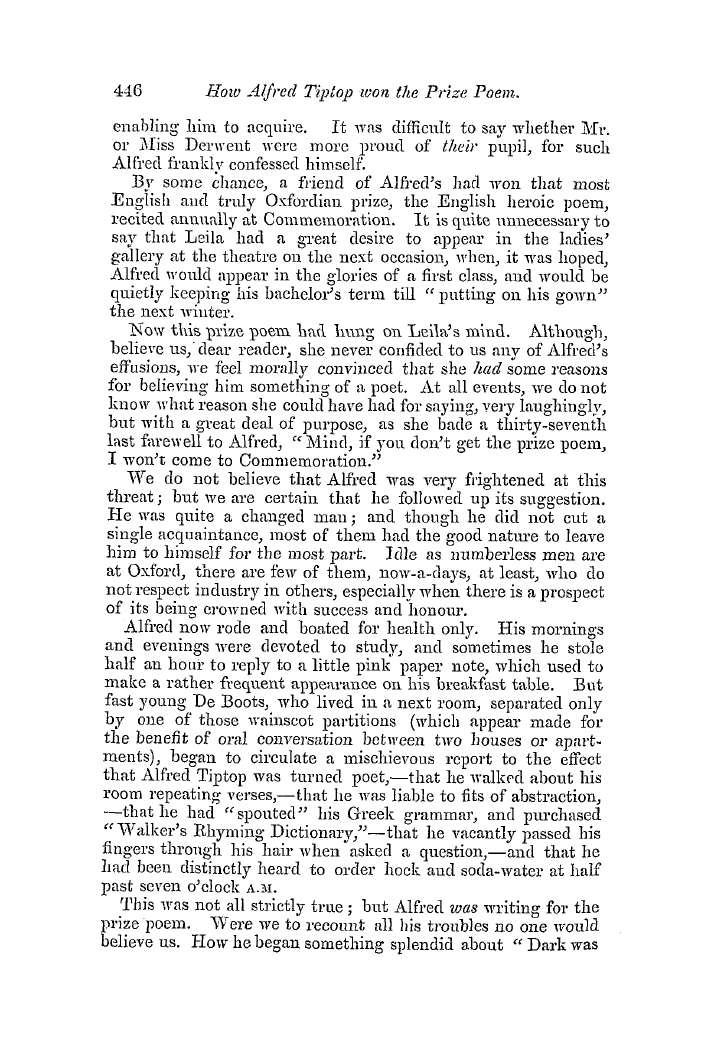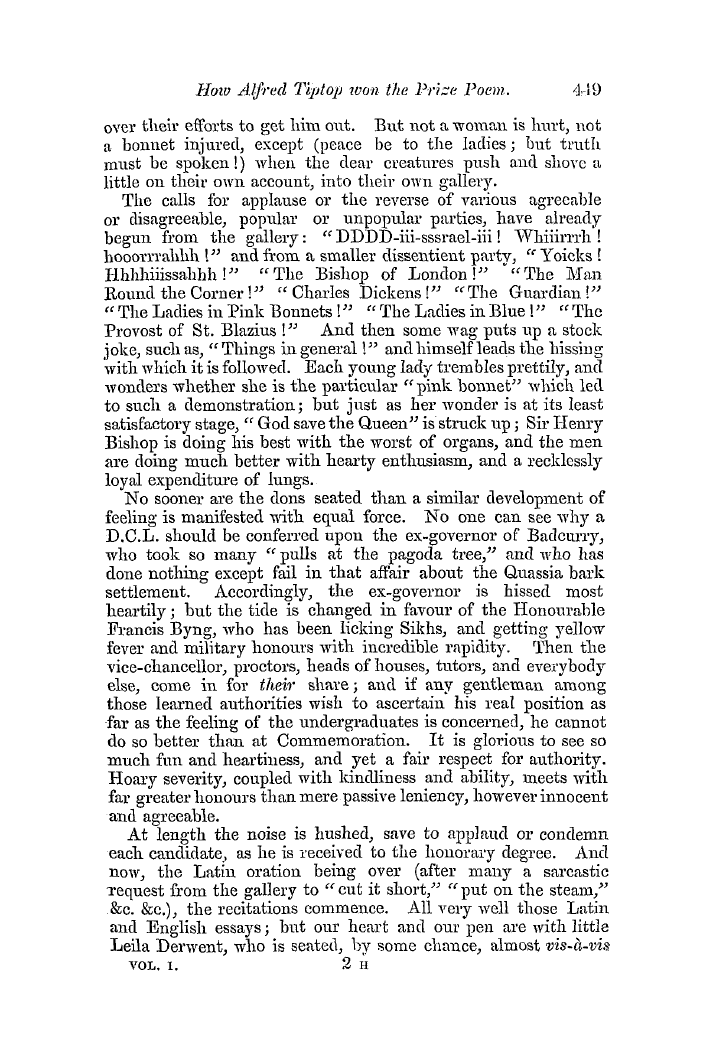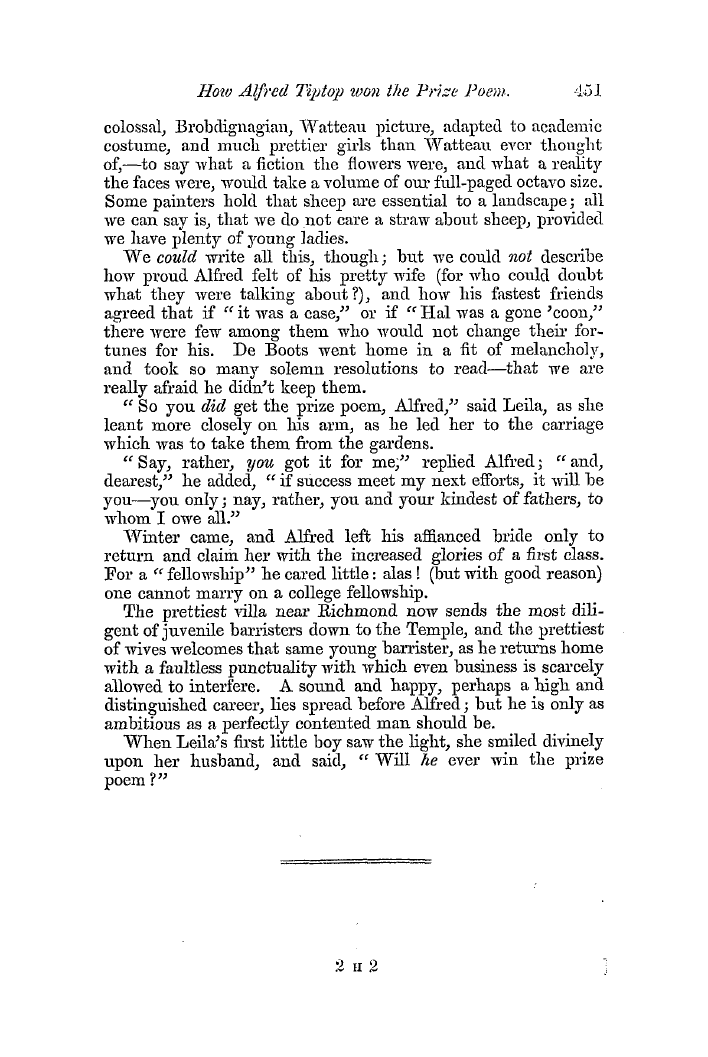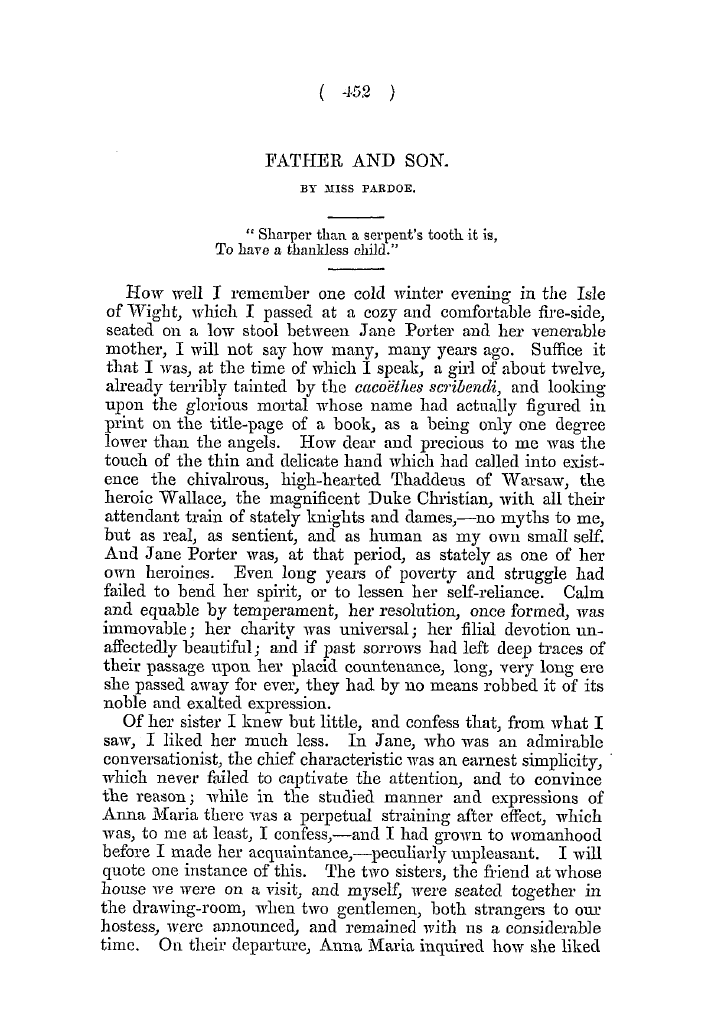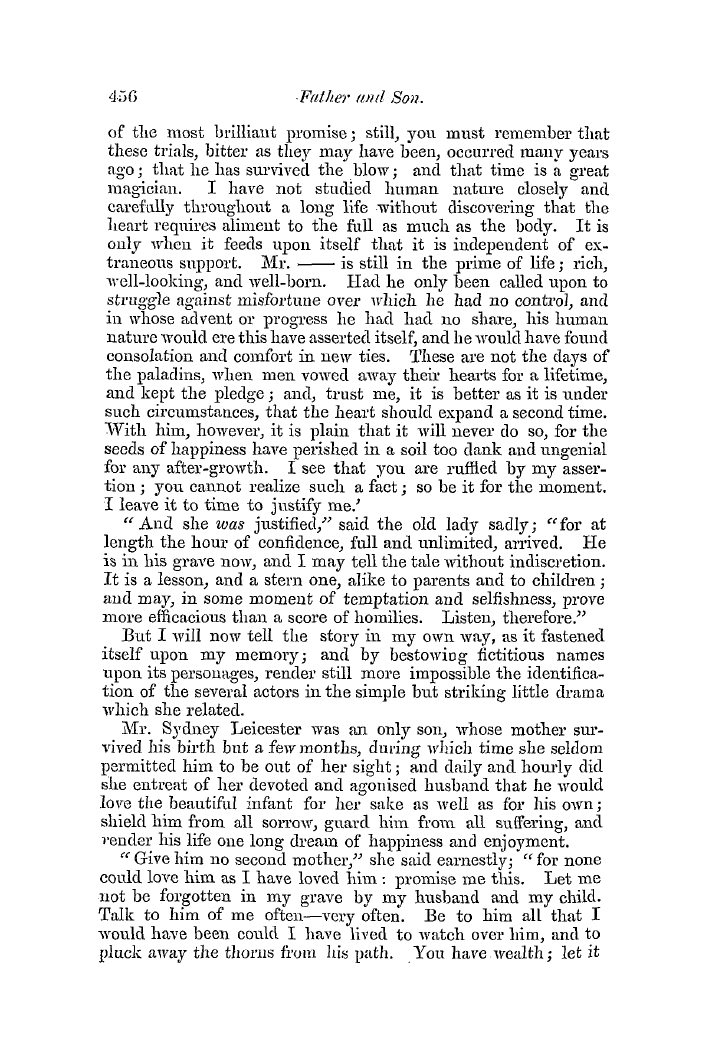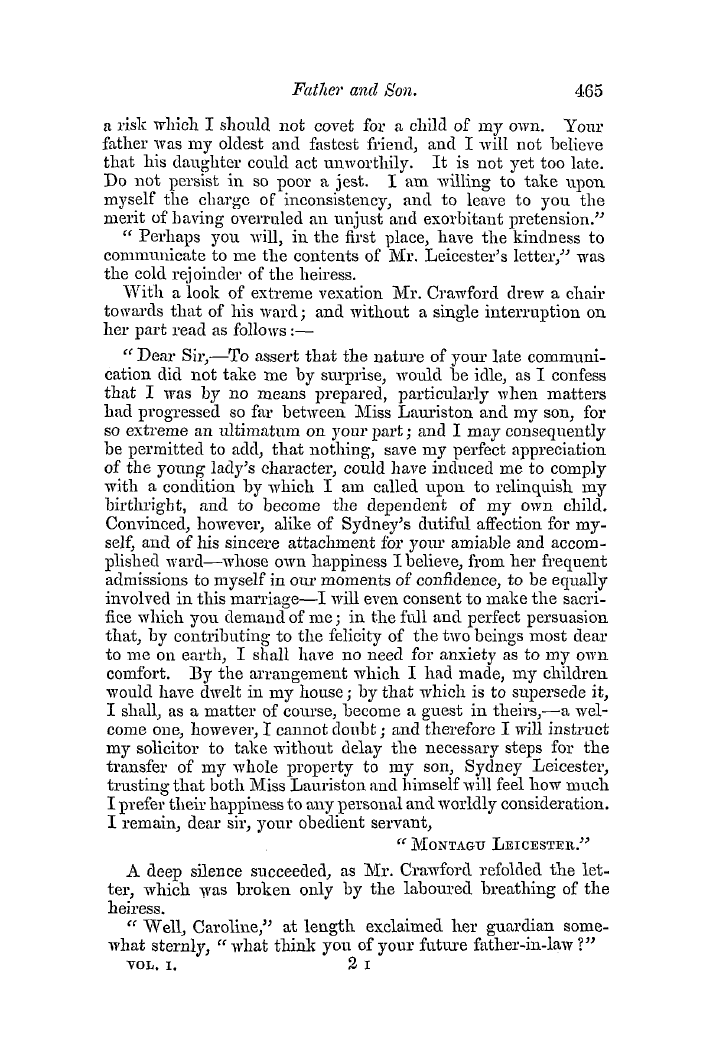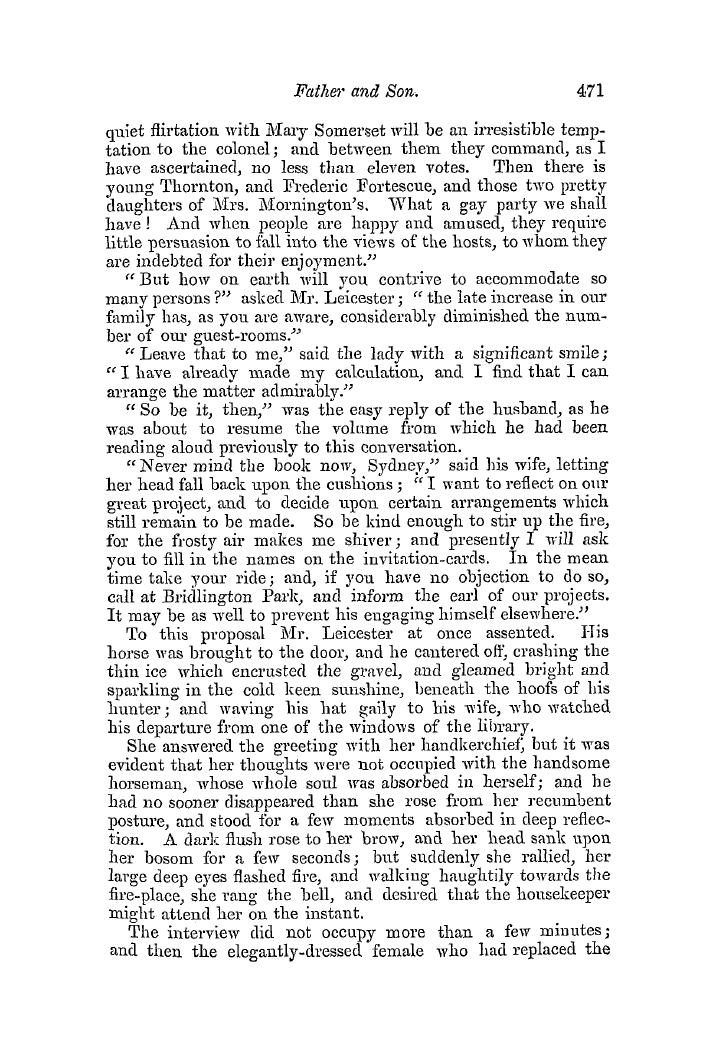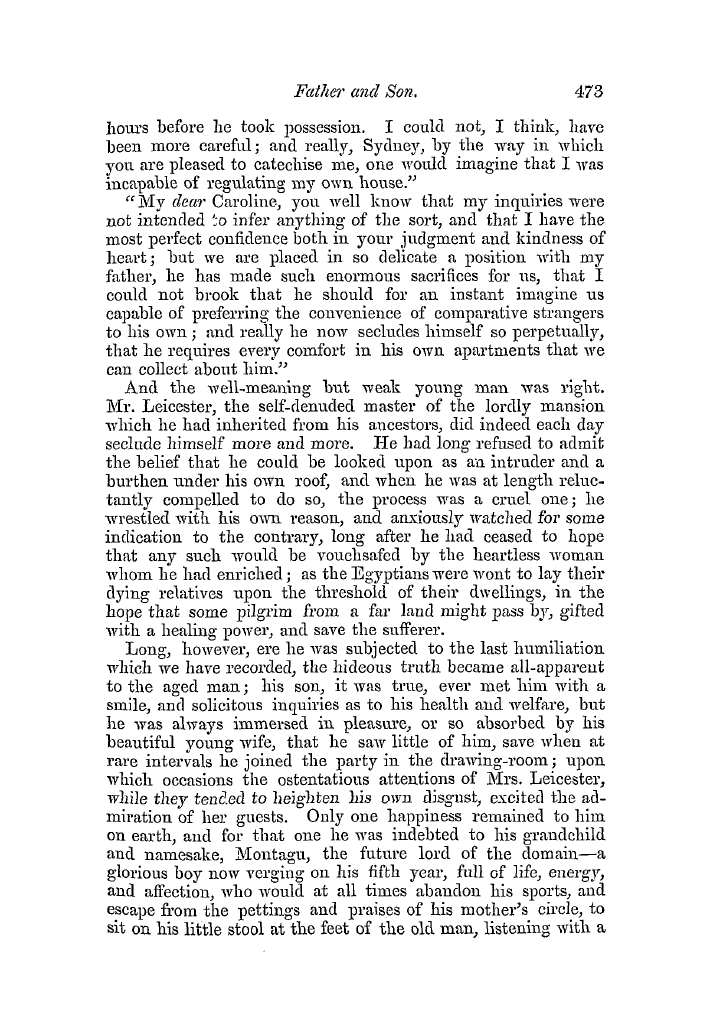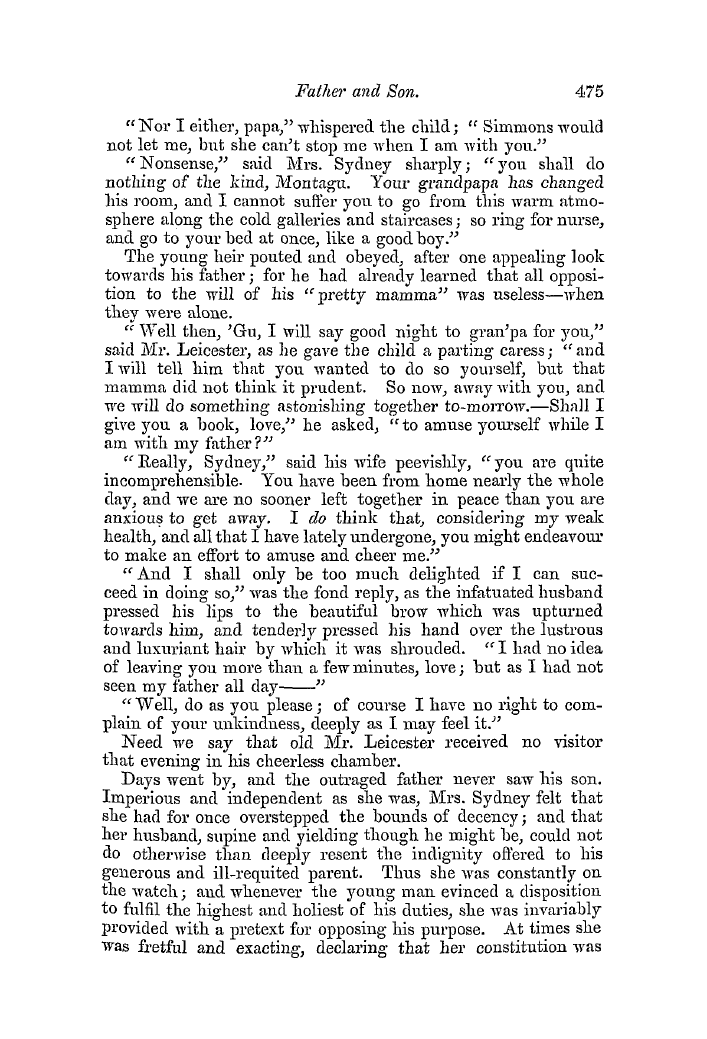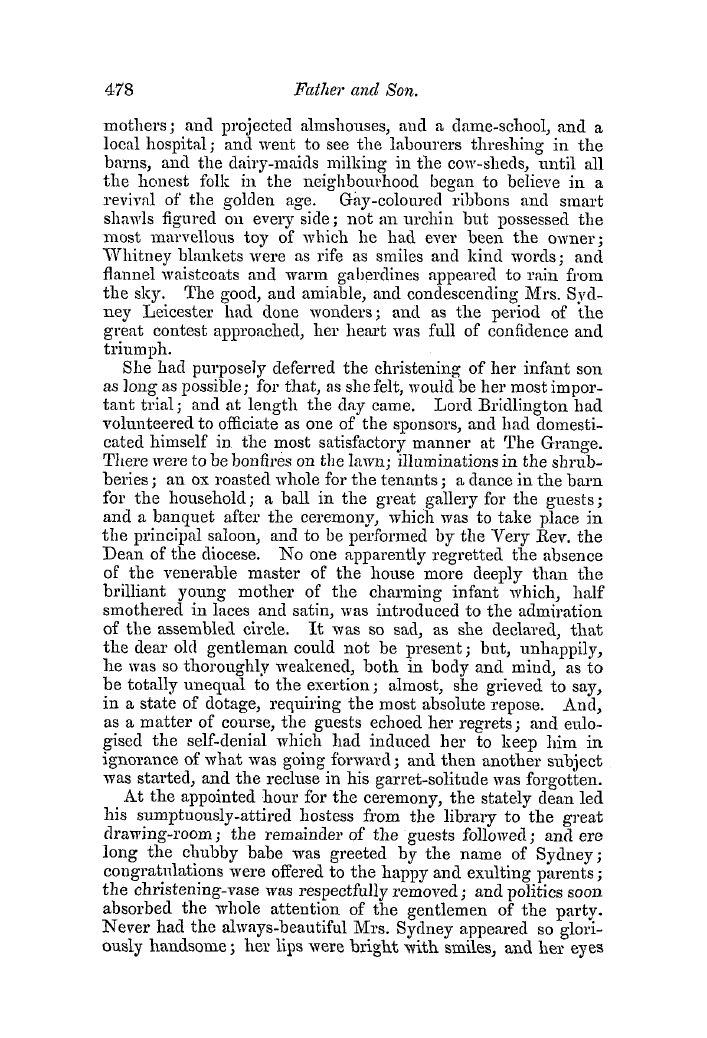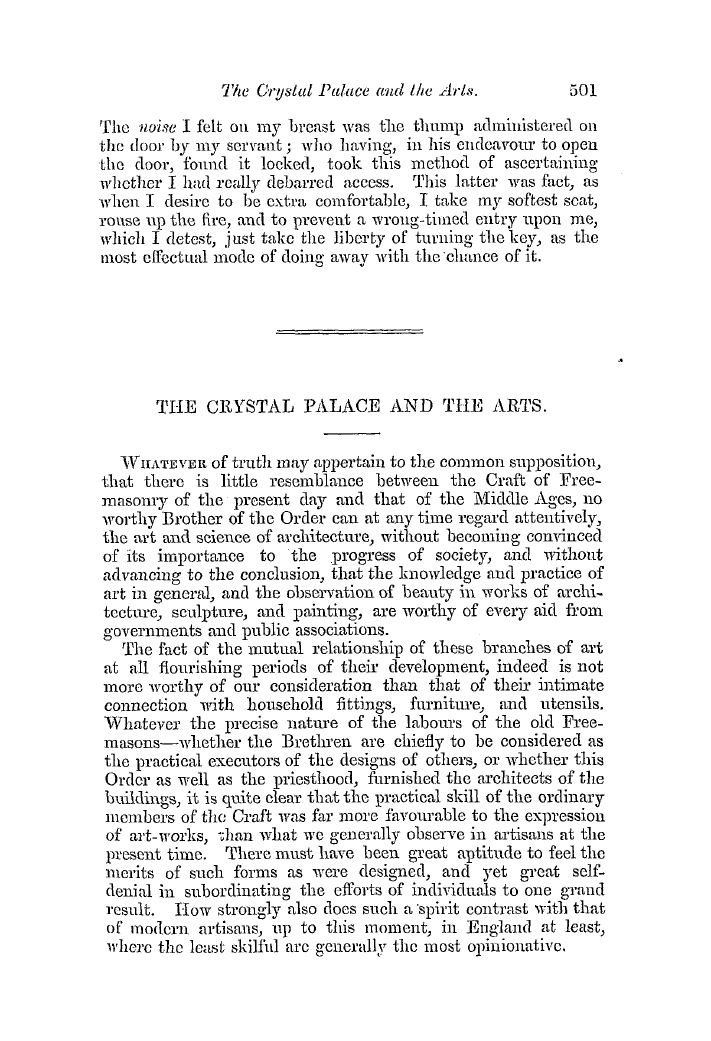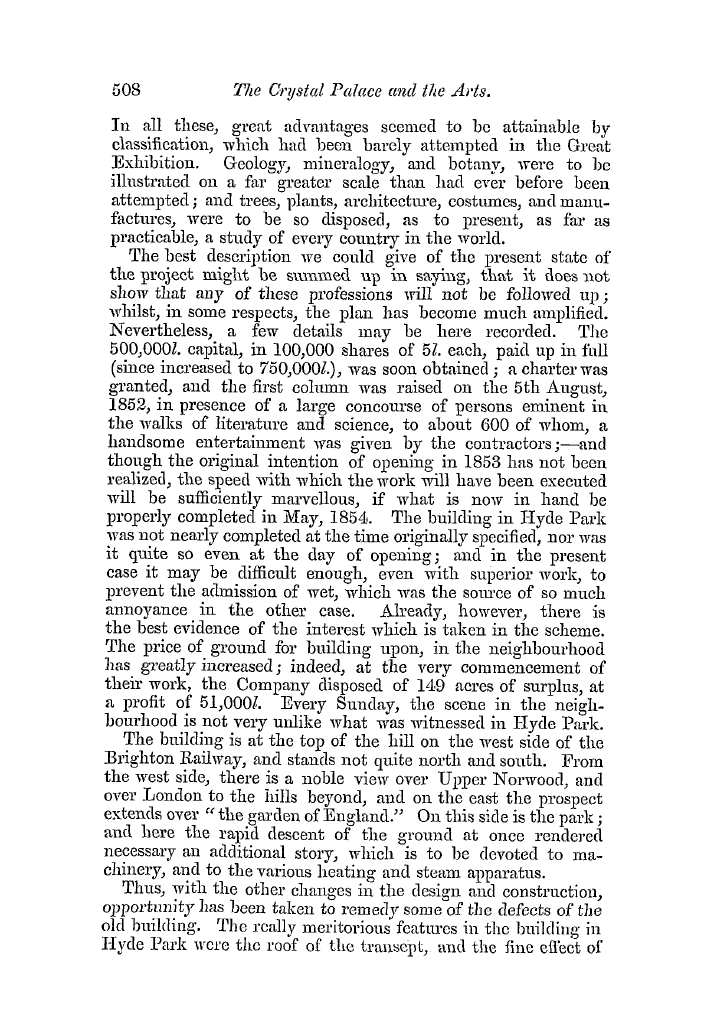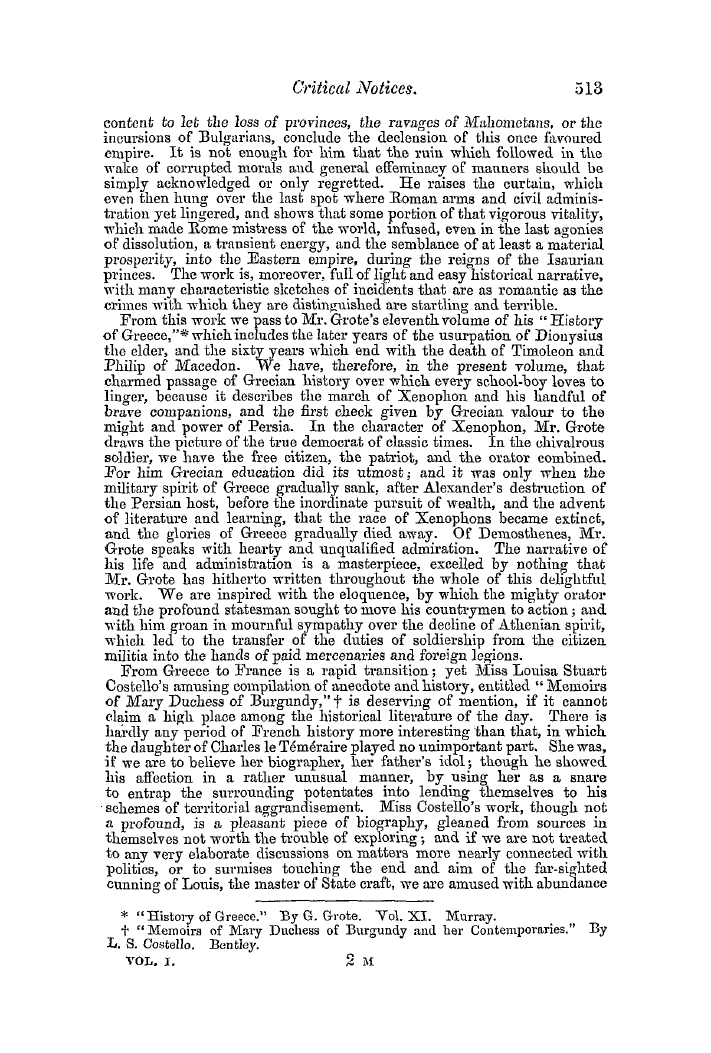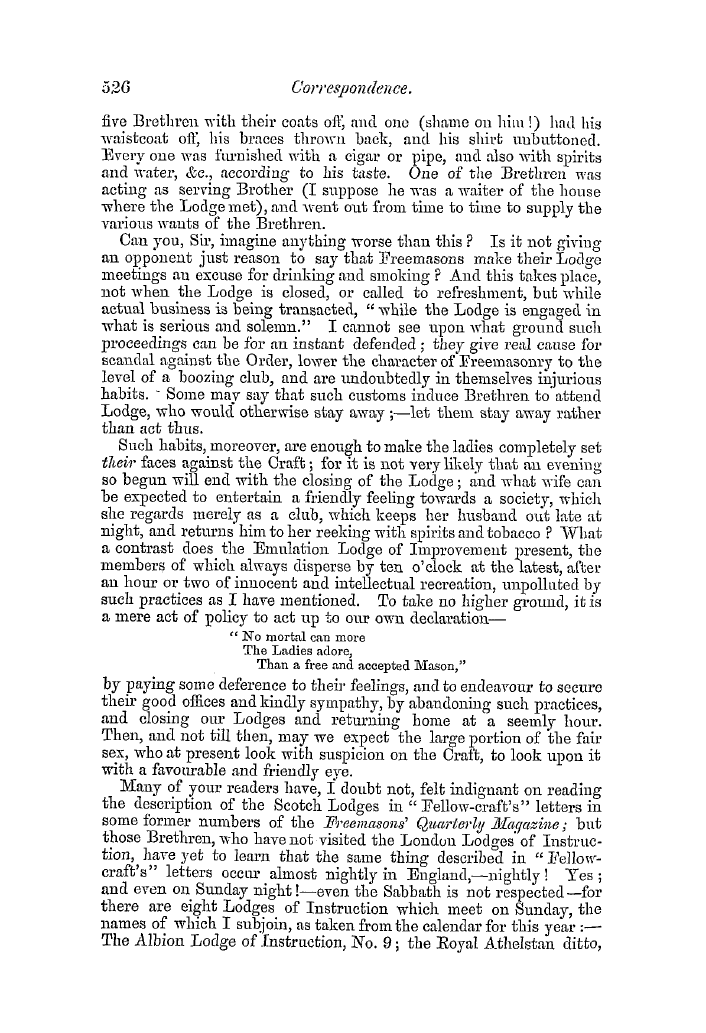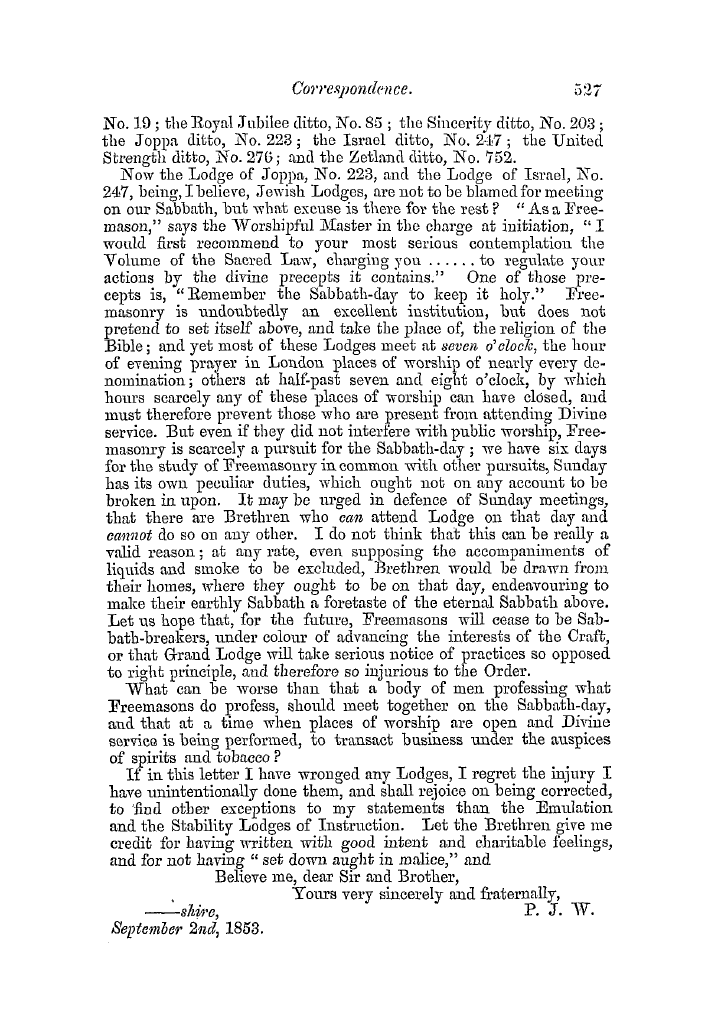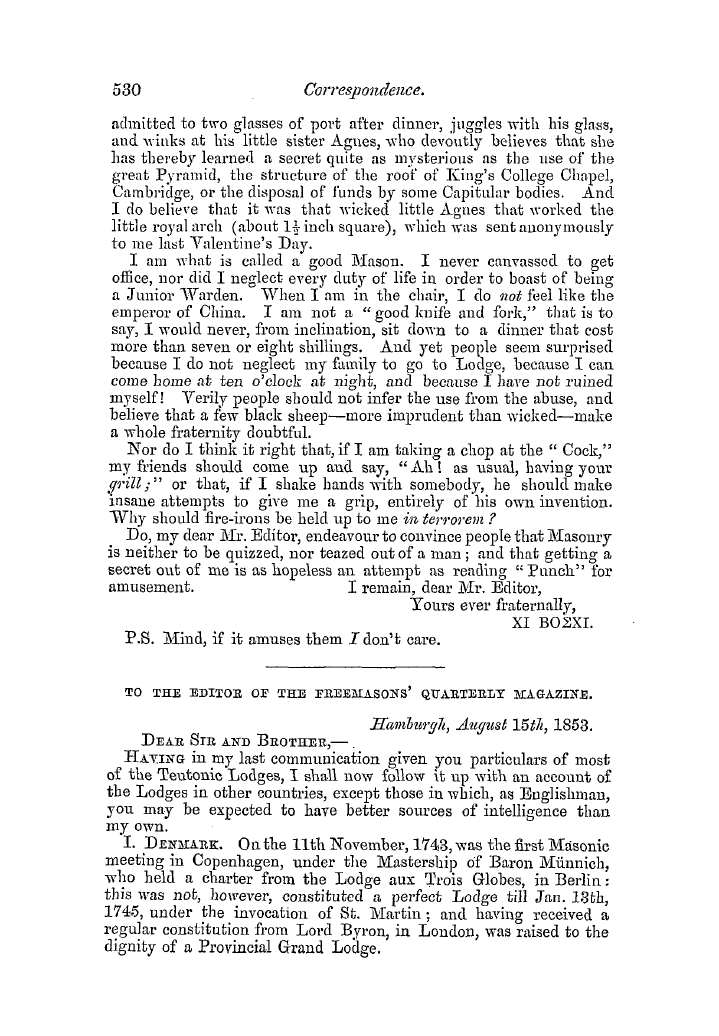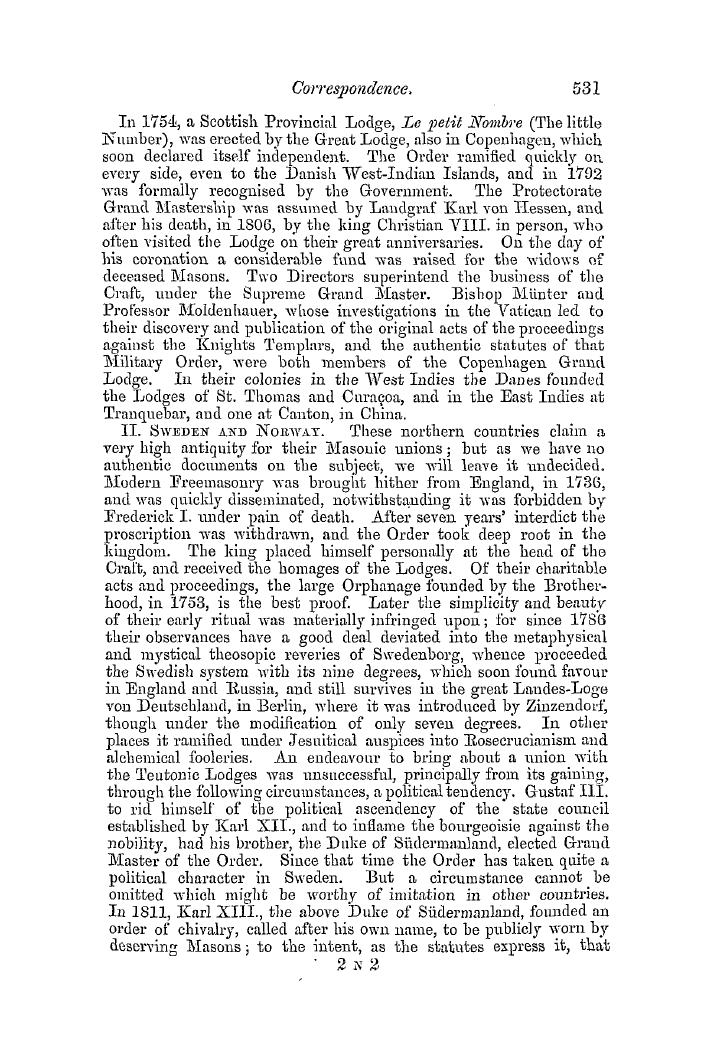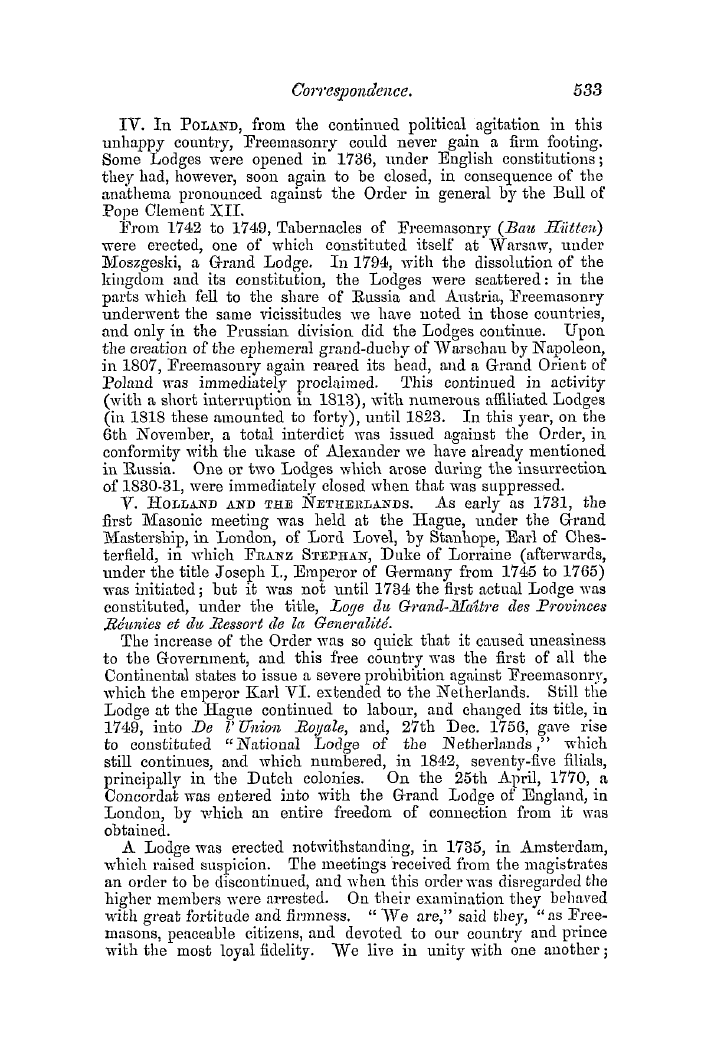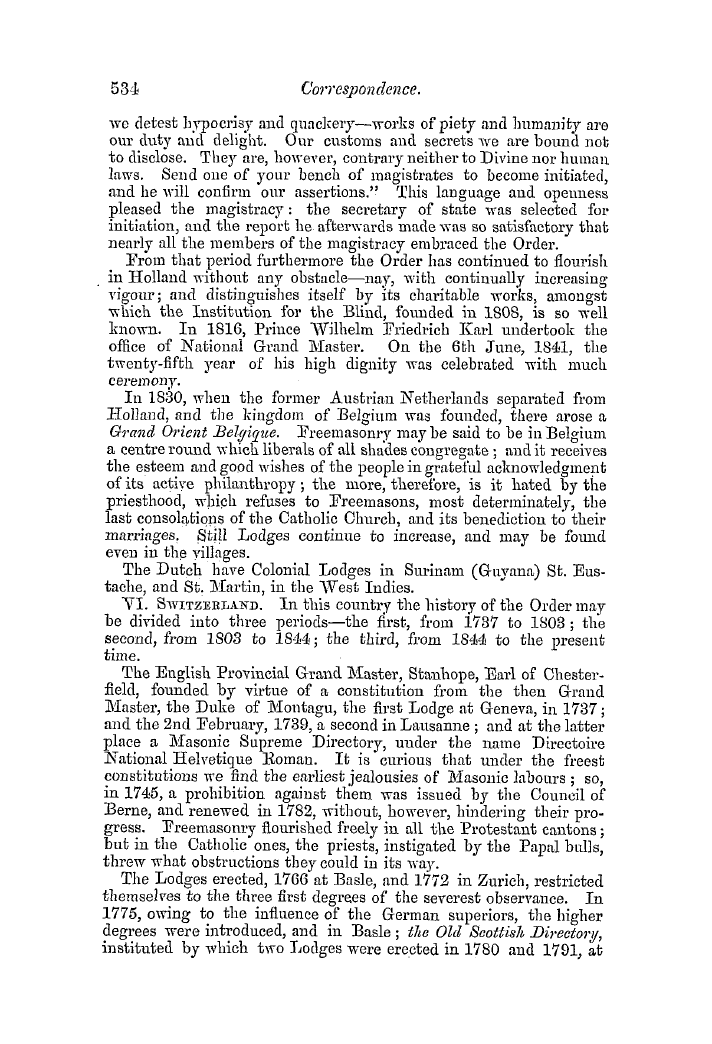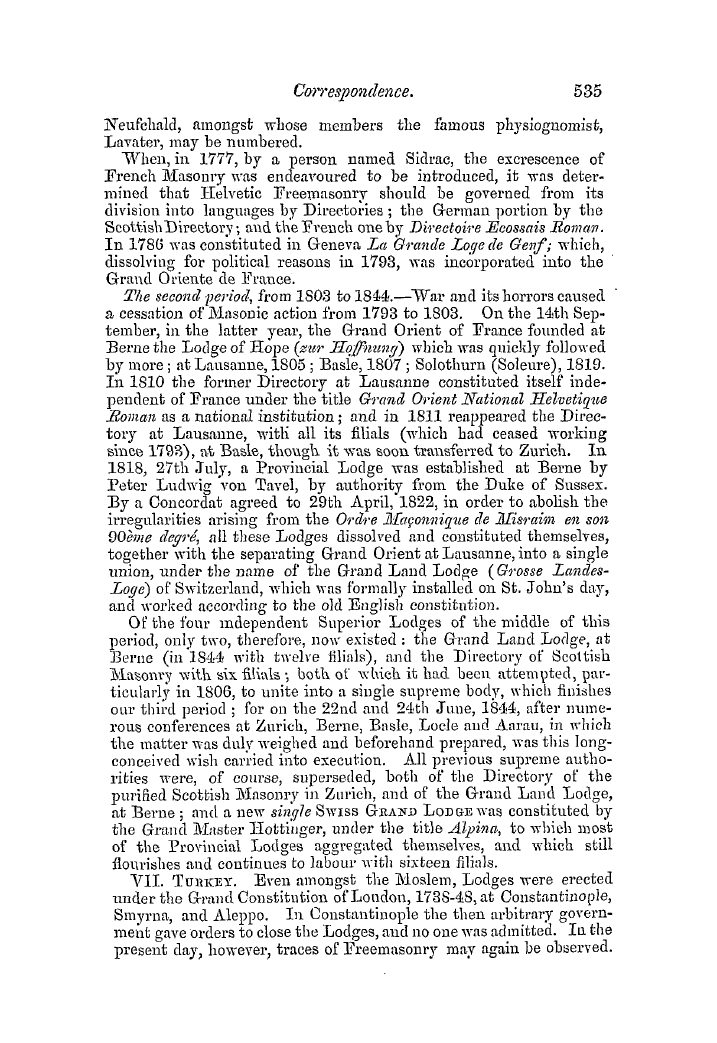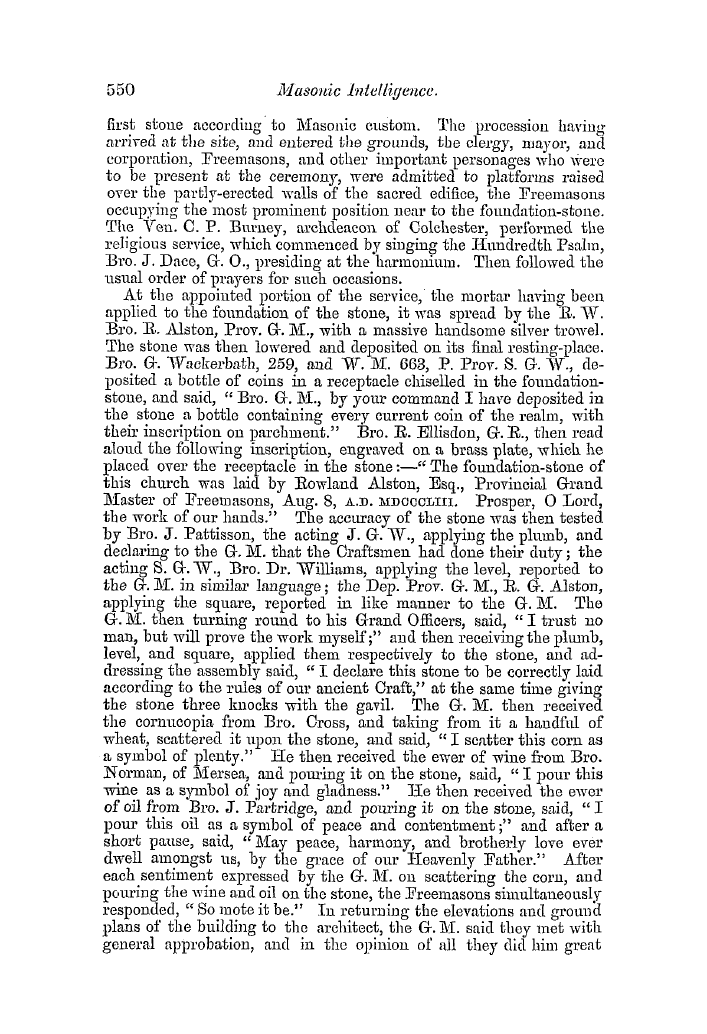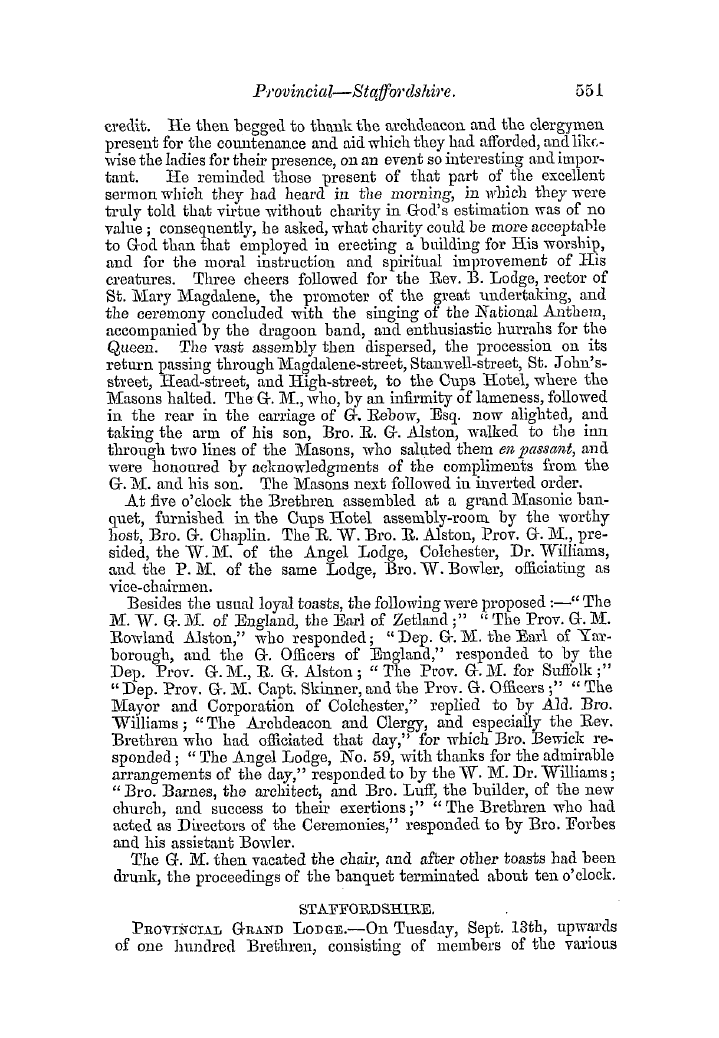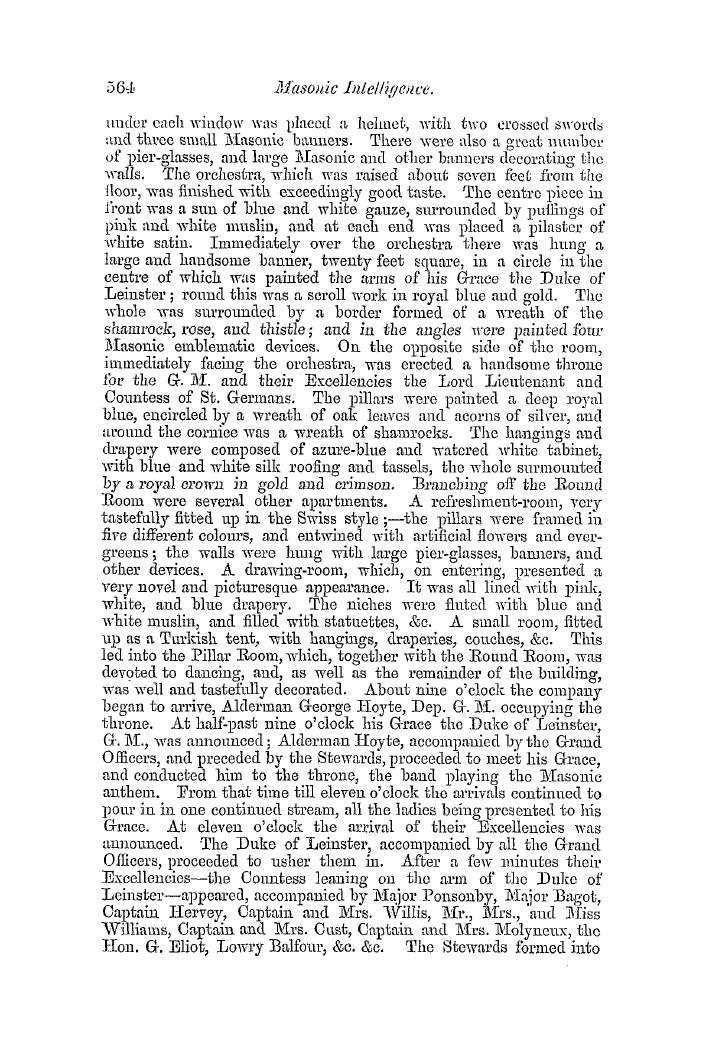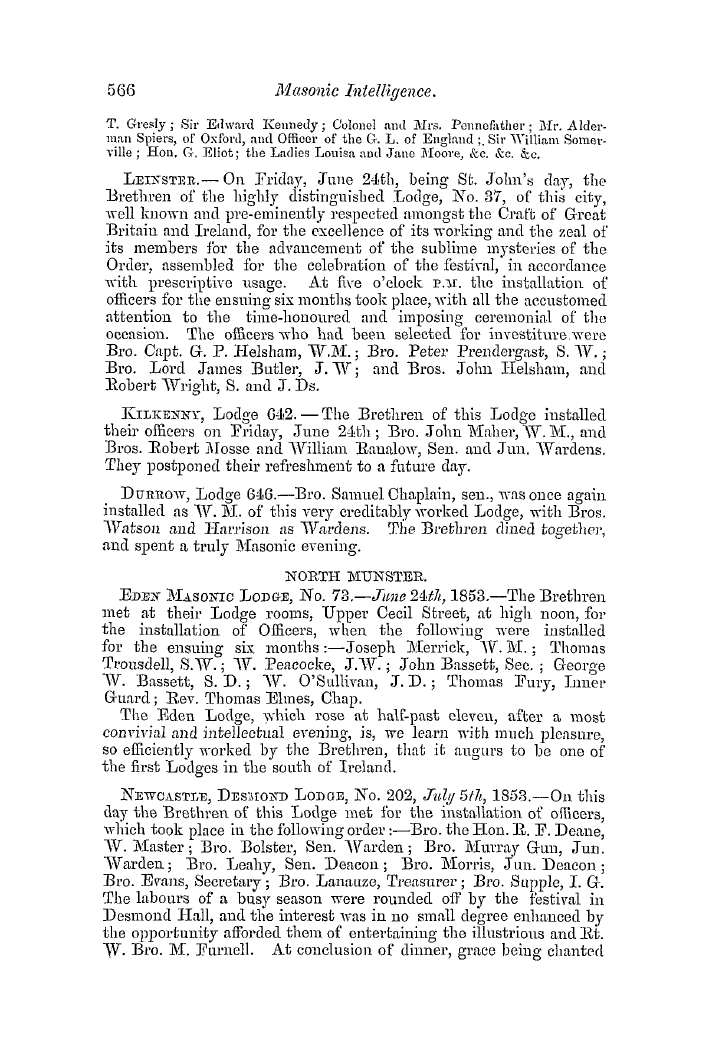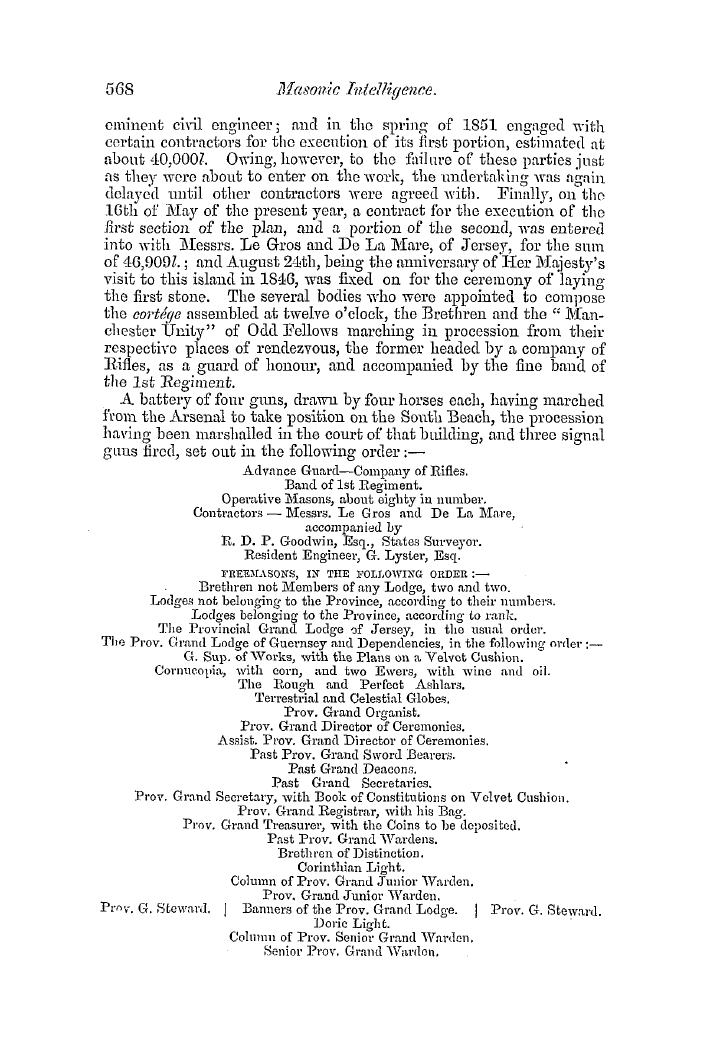-
Articles/Ads
Article OLDEN HOLIDAY CUSTOMS ← Page 3 of 11 →
Note: This text has been automatically extracted via Optical Character Recognition (OCR) software.
Olden Holiday Customs
On Whit-Tuesday Ave have to notice a triennial pageant but lately discontinued— -Eton Montem ; supposed to have its title from an ancient procession of monks , Avhich took place at the summit of a small mount called " Salt Hill , " on Avhich they sold consecrated salt . The mount is probably an old Saxon barroAV .
On the 29 th of this month , the meny month of May , occurs the celebration of the restoration of Charles II ., on which day the statue of that monarch , standing in the old Exchange , was annually decorated with oak . The celebrated historical oak Avas flourishing ( though enclosed in brick walls for preservation from the spoiler ) in the time of Dr . Stukeley , 1724 . After his
return to the soA ereignty , the king planted some of its acorns in St . James ' s Park , which he used to water Avith his royal hand . At Sheffield , the festival held on this occasion was called " Scotland Feast , " in the year 1826 . It Avas held in Scotland Street , which Avas adorned with branches of trees in profusion ; the decorations centring in one particular spotAvhere Avas
, displayed the effigy of his Majesty Charles II . Still adhering to the calendar as a text , we may note the origin of the term Lammas Day , in the injunction to the apostle , " Feed my lambs . " At this season , a mass Avas formerly performed to St . Peter , who was implored to preserve lambs from the inclemency of the weather during shearing
time . The idea that St . Peter should be made the guardian or patron of lambs seems rather absurd ; but the same error has been perpetuated by Raphael , ivho represents Christ as pointing out to St . Peter a flock of lambs for his cherishing
care . With genial September we arrive at the celebration of Harvest Home . Macrobius informs us that heathen masters were Avont to feast Avith their servants , Avho had assisted them in tilling the ground . This is a parallel to the sense of equality subsisting at the harvest-supper between men and employers . Bourne thinks that the heathen custom was derived from the
Jews ; and quotes Hospinian to the effect that the latter held a similar feast , after having made their offerings of first-fruits . After harvest the deity sacrificed to by ancient rustics Avas Vacuna , the goddess of rest and ease . It was customary during the last century , to carry about at Harvest festivals an emblematical figure , crowned Avith flowers , holding a scythe
and carrying a sheaf of corn under her arm ; doubtless representing the ancient goddess Ceres . In Northumberland this was termed a harvest-doll , or kern ( i . e . corn ) baby . Harvest-
Note: This text has been automatically extracted via Optical Character Recognition (OCR) software.
Olden Holiday Customs
On Whit-Tuesday Ave have to notice a triennial pageant but lately discontinued— -Eton Montem ; supposed to have its title from an ancient procession of monks , Avhich took place at the summit of a small mount called " Salt Hill , " on Avhich they sold consecrated salt . The mount is probably an old Saxon barroAV .
On the 29 th of this month , the meny month of May , occurs the celebration of the restoration of Charles II ., on which day the statue of that monarch , standing in the old Exchange , was annually decorated with oak . The celebrated historical oak Avas flourishing ( though enclosed in brick walls for preservation from the spoiler ) in the time of Dr . Stukeley , 1724 . After his
return to the soA ereignty , the king planted some of its acorns in St . James ' s Park , which he used to water Avith his royal hand . At Sheffield , the festival held on this occasion was called " Scotland Feast , " in the year 1826 . It Avas held in Scotland Street , which Avas adorned with branches of trees in profusion ; the decorations centring in one particular spotAvhere Avas
, displayed the effigy of his Majesty Charles II . Still adhering to the calendar as a text , we may note the origin of the term Lammas Day , in the injunction to the apostle , " Feed my lambs . " At this season , a mass Avas formerly performed to St . Peter , who was implored to preserve lambs from the inclemency of the weather during shearing
time . The idea that St . Peter should be made the guardian or patron of lambs seems rather absurd ; but the same error has been perpetuated by Raphael , ivho represents Christ as pointing out to St . Peter a flock of lambs for his cherishing
care . With genial September we arrive at the celebration of Harvest Home . Macrobius informs us that heathen masters were Avont to feast Avith their servants , Avho had assisted them in tilling the ground . This is a parallel to the sense of equality subsisting at the harvest-supper between men and employers . Bourne thinks that the heathen custom was derived from the
Jews ; and quotes Hospinian to the effect that the latter held a similar feast , after having made their offerings of first-fruits . After harvest the deity sacrificed to by ancient rustics Avas Vacuna , the goddess of rest and ease . It was customary during the last century , to carry about at Harvest festivals an emblematical figure , crowned Avith flowers , holding a scythe
and carrying a sheaf of corn under her arm ; doubtless representing the ancient goddess Ceres . In Northumberland this was termed a harvest-doll , or kern ( i . e . corn ) baby . Harvest-


